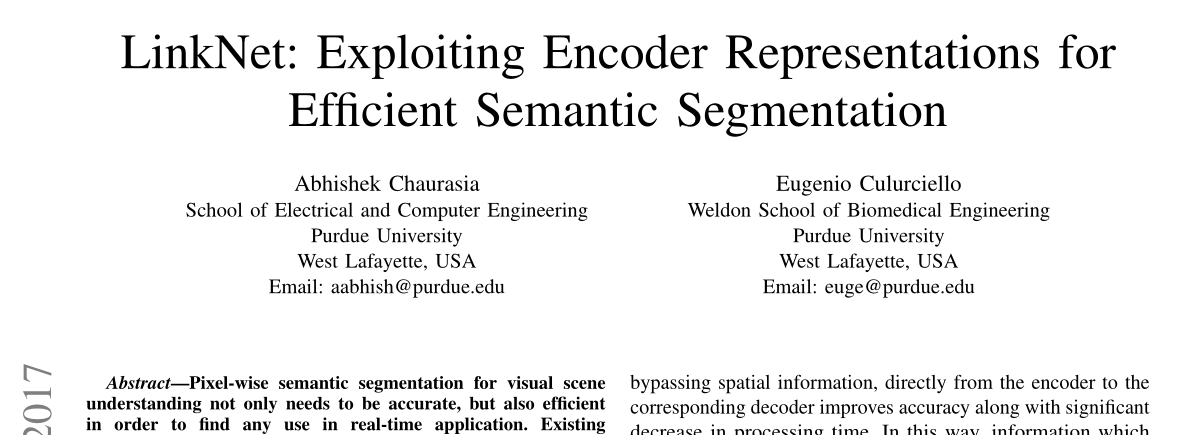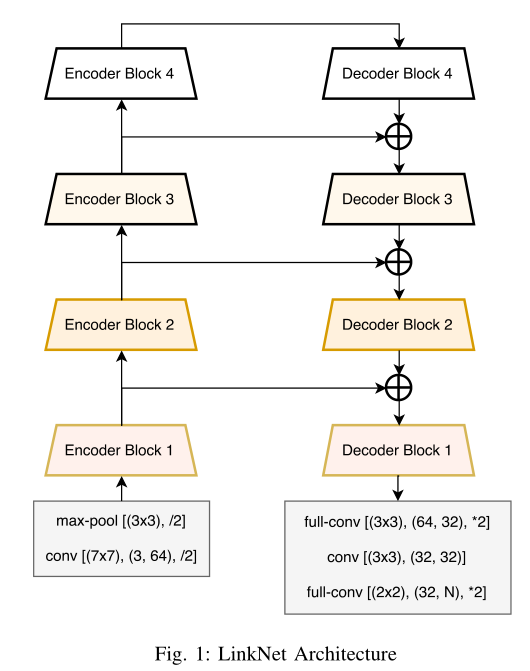
LinkNet模型用于语义分割,

整体结构所需模块:
卷积模块:卷积con2+BN层+激发
反卷积模块:反卷积+BN+激发
解码器:4*卷积层
编码器:编码器
模块代码理解:
卷积模块:
初始化内容:输入channel,输出channel,kernel_size(卷积核),stride(步长),pad(填充)
 LinkNet是一种用于语义分割的深度学习模型,其结构包括卷积模块、反卷积模块、编码器和解码器。模型通过卷积和反卷积操作结合编码与解码路径,实现图像的精细化分割。编码器由多个ConvBlock组成,每个块包含卷积、BN层和ReLU激活。解码器则通过反卷积和卷积恢复高分辨率输出。整个模型旨在高效地处理语义分割任务。
LinkNet是一种用于语义分割的深度学习模型,其结构包括卷积模块、反卷积模块、编码器和解码器。模型通过卷积和反卷积操作结合编码与解码路径,实现图像的精细化分割。编码器由多个ConvBlock组成,每个块包含卷积、BN层和ReLU激活。解码器则通过反卷积和卷积恢复高分辨率输出。整个模型旨在高效地处理语义分割任务。

LinkNet模型用于语义分割,

卷积模块:卷积con2+BN层+激发
反卷积模块:反卷积+BN+激发
解码器:4*卷积层
编码器:编码器
卷积模块:
初始化内容:输入channel,输出channel,kernel_size(卷积核),stride(步长),pad(填充)
 1万+
1万+